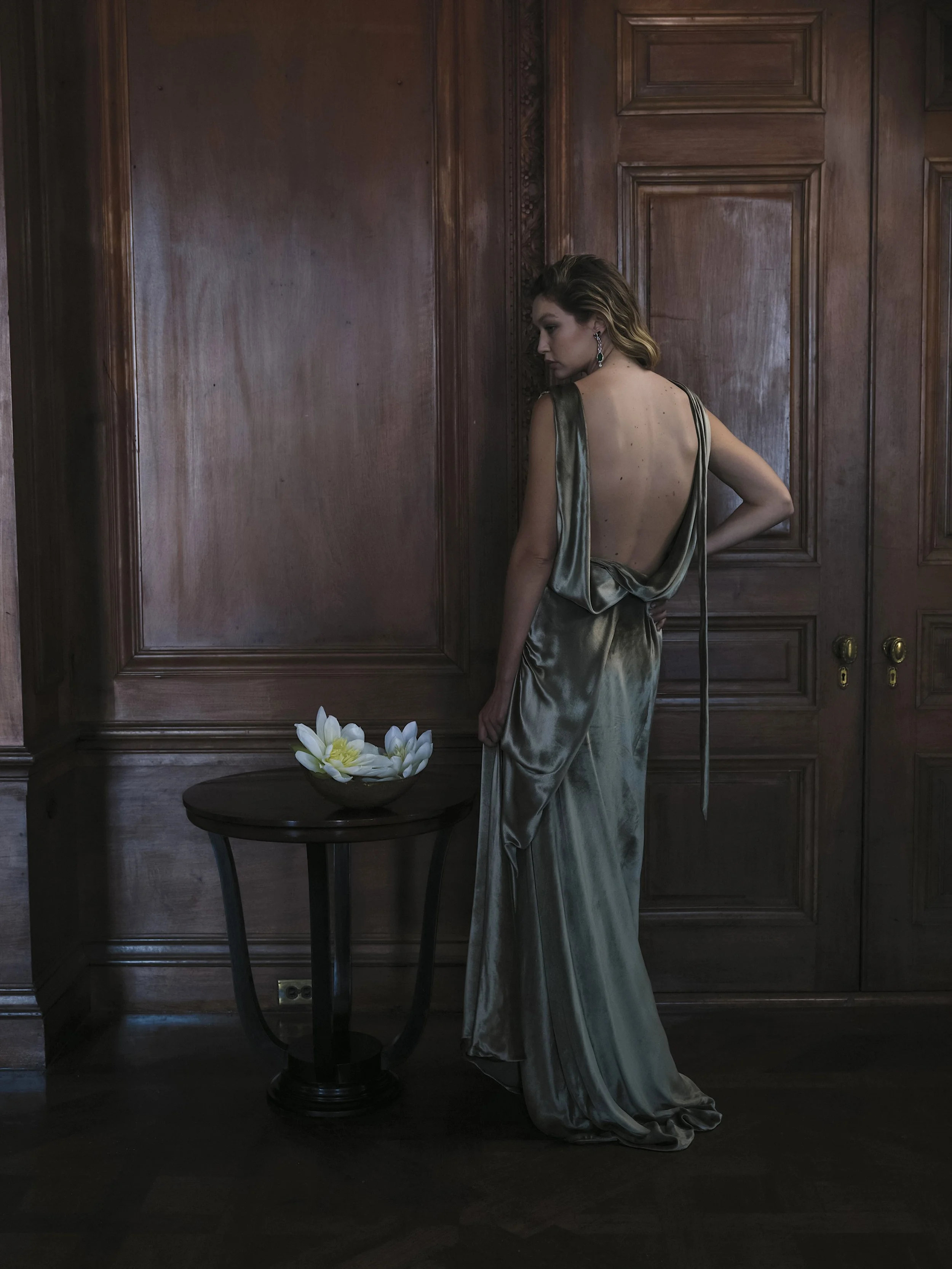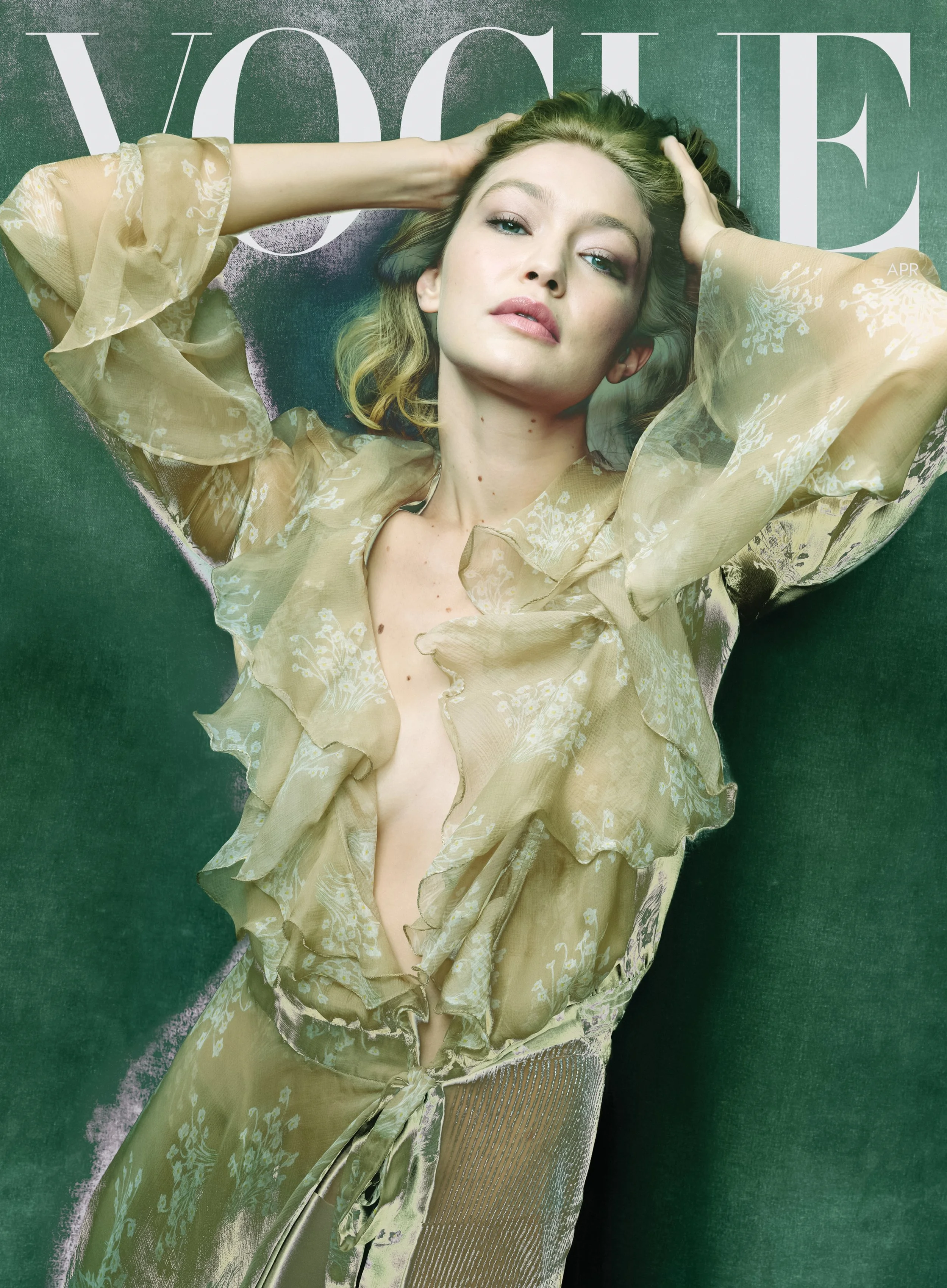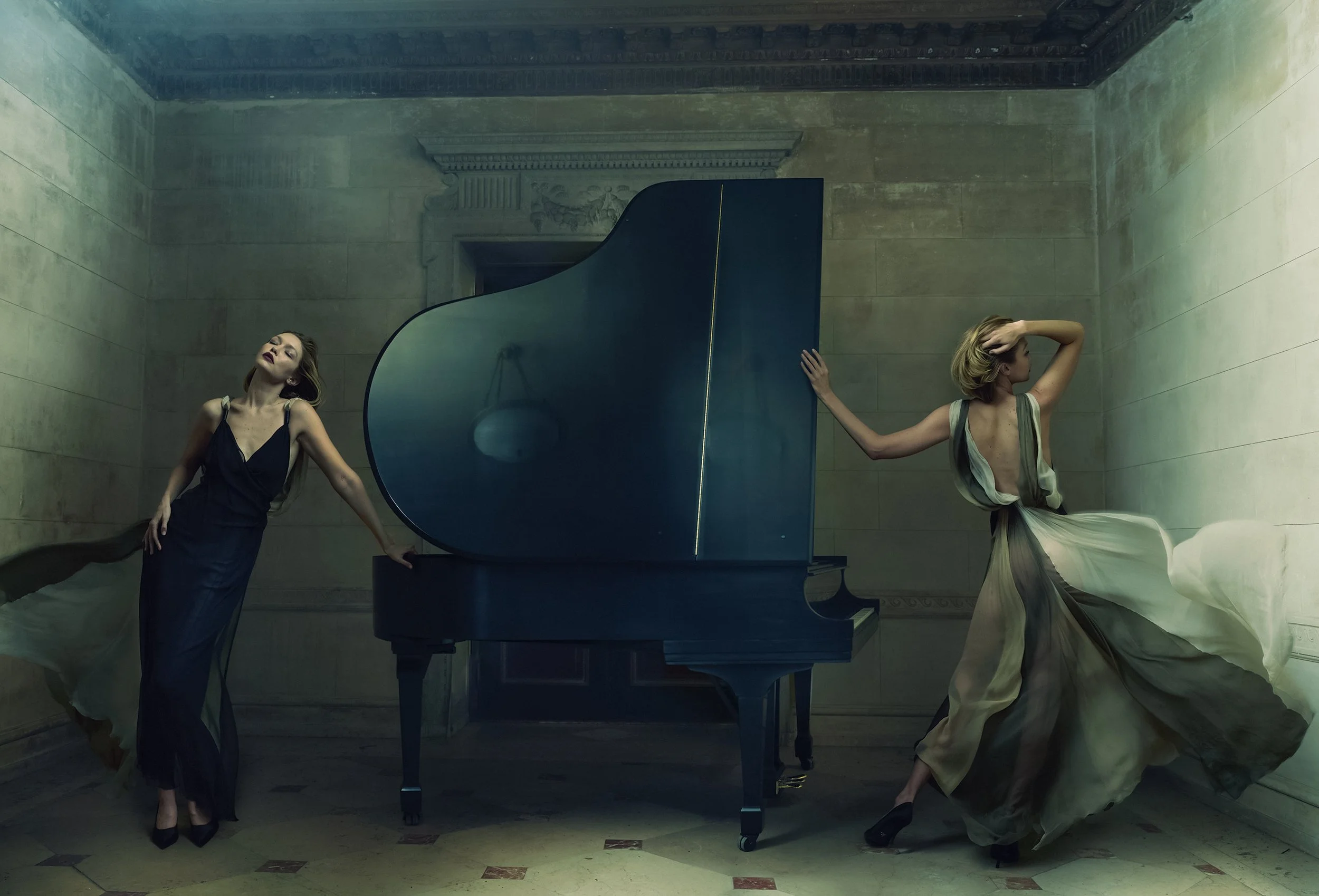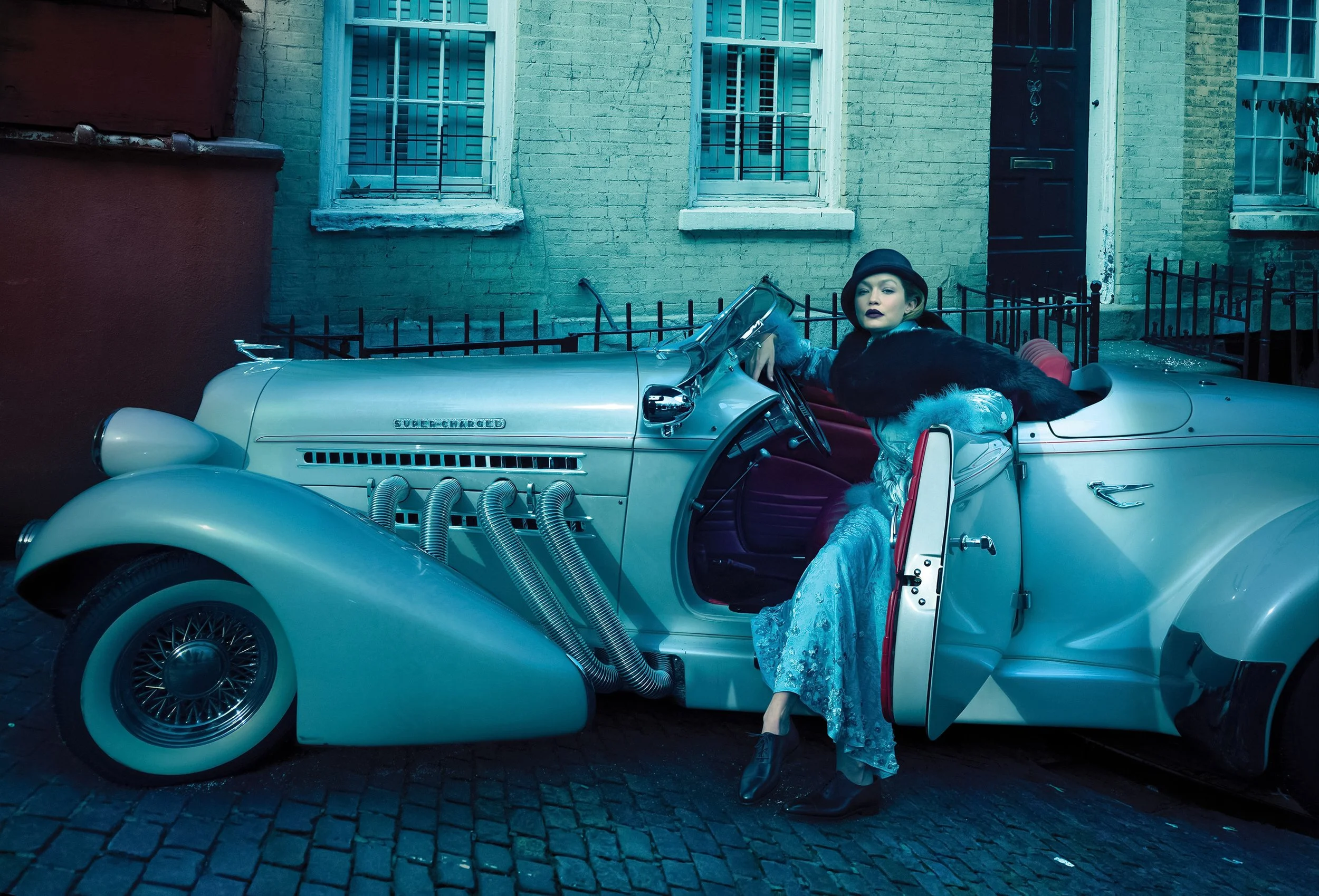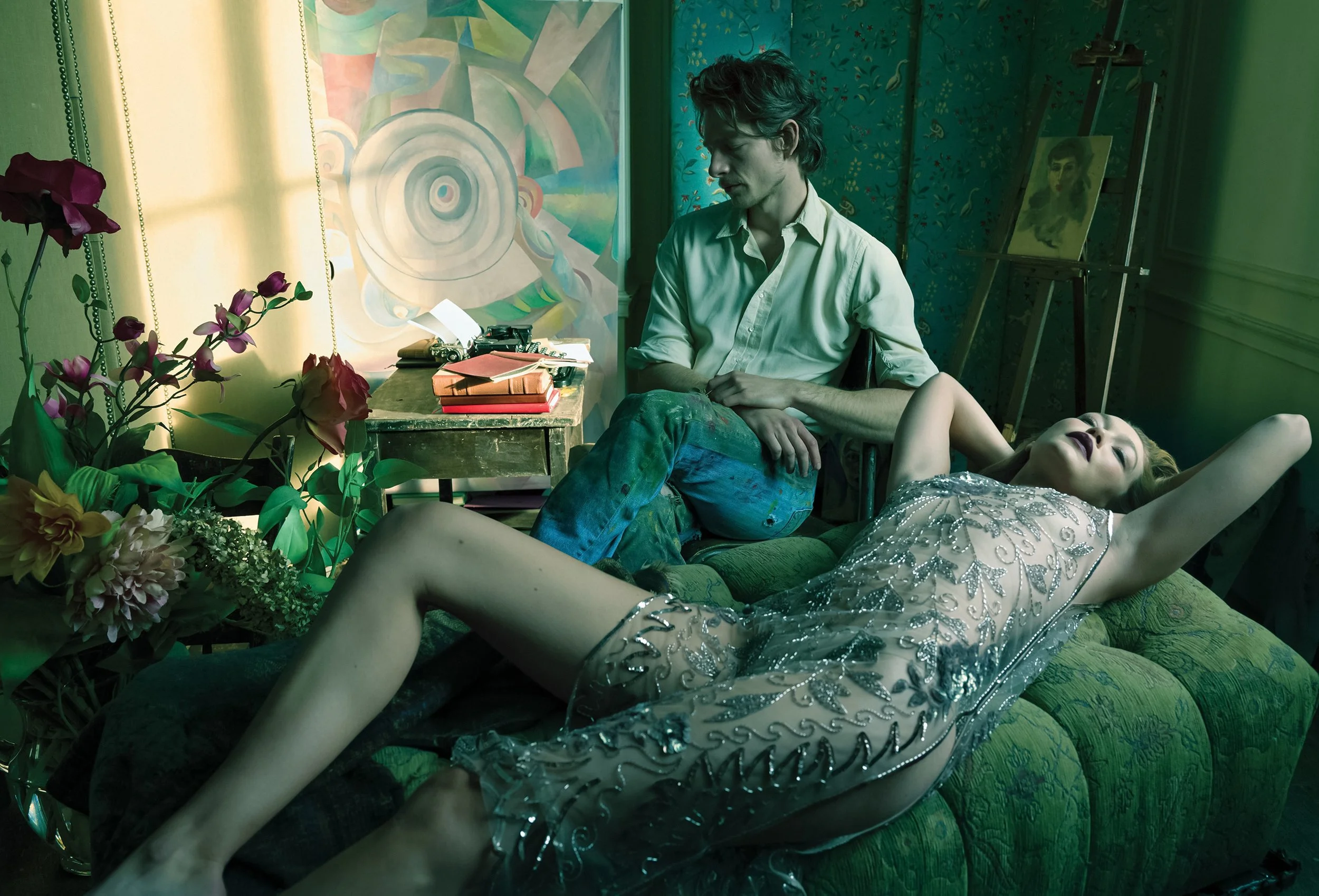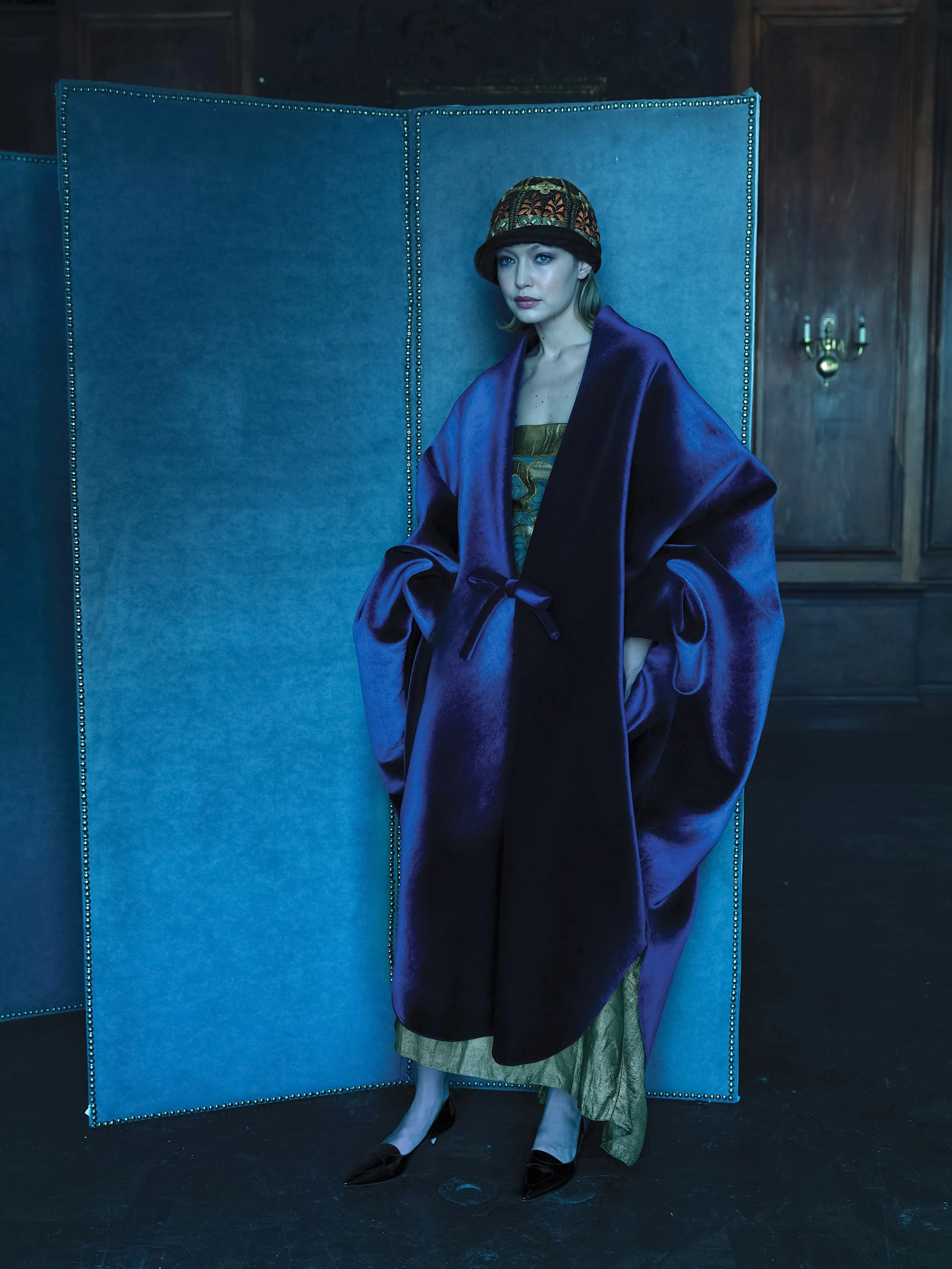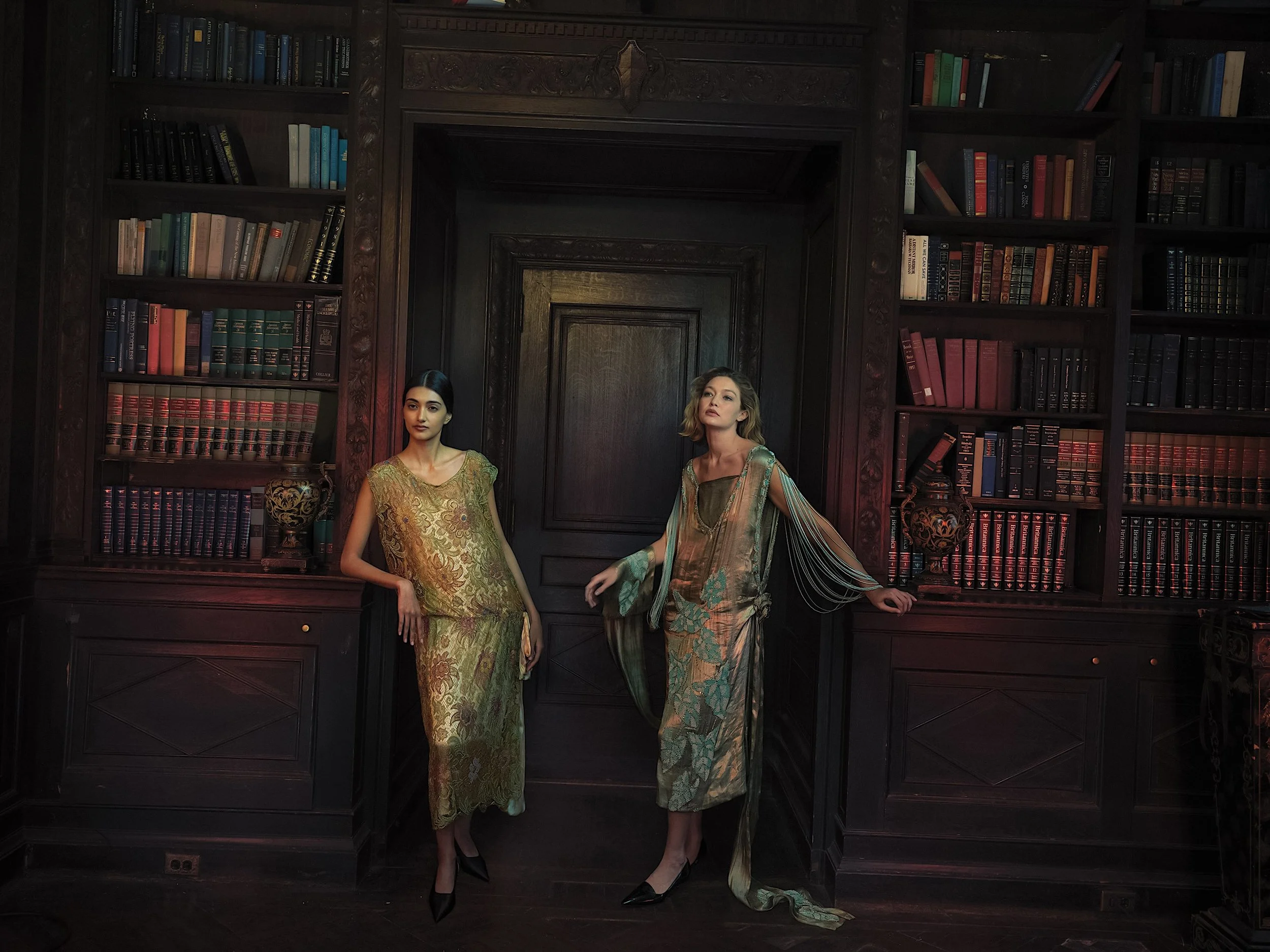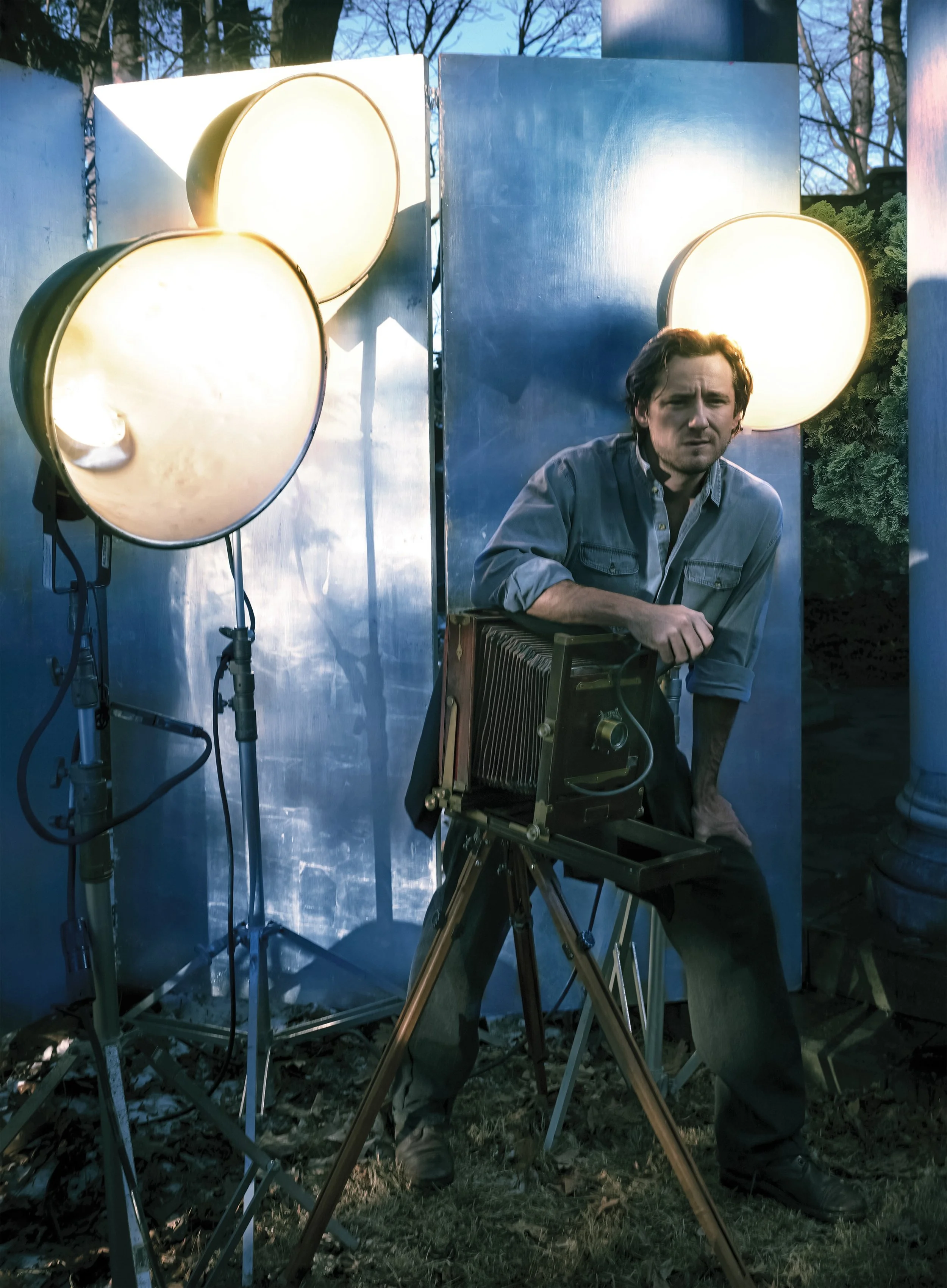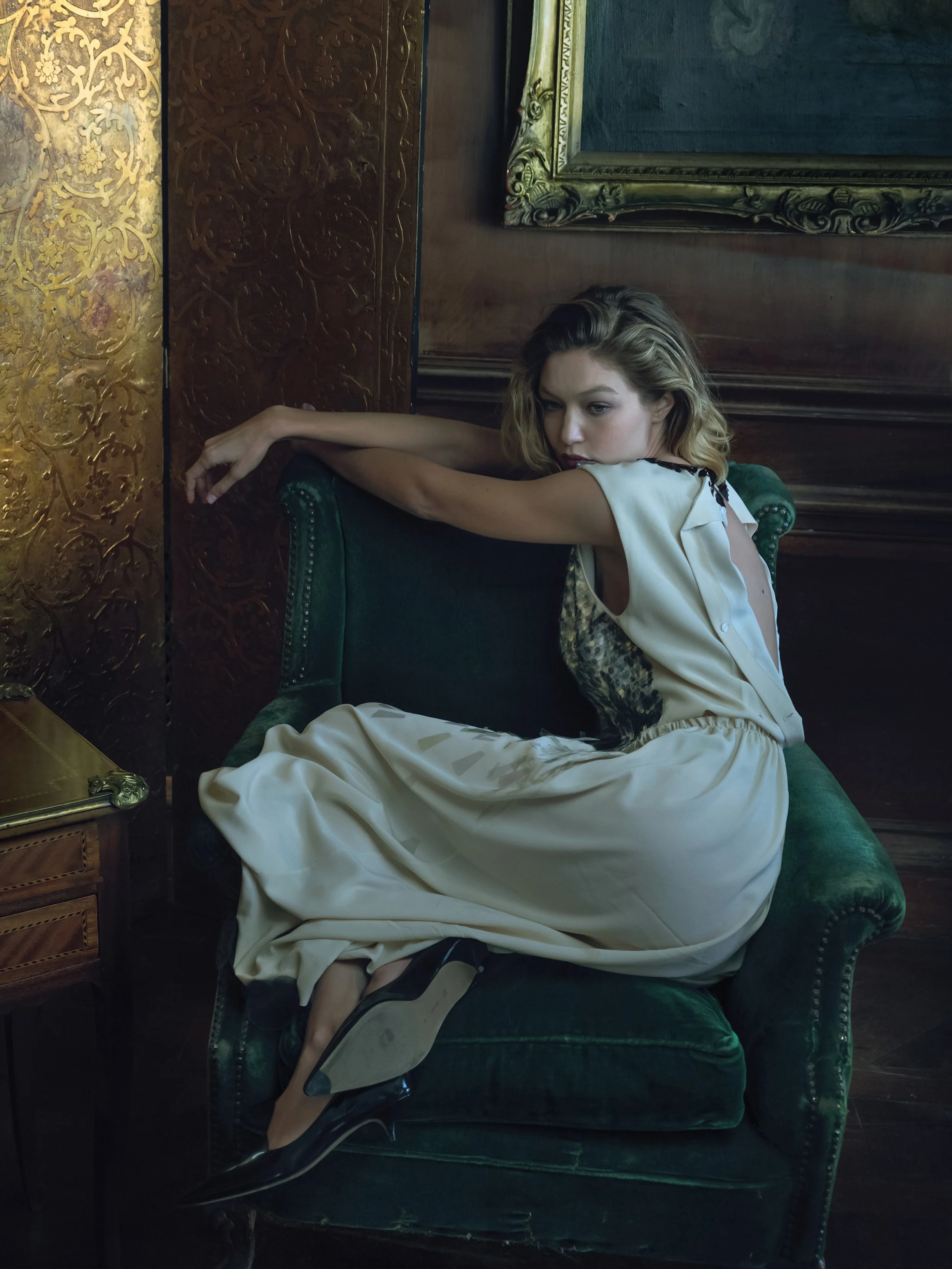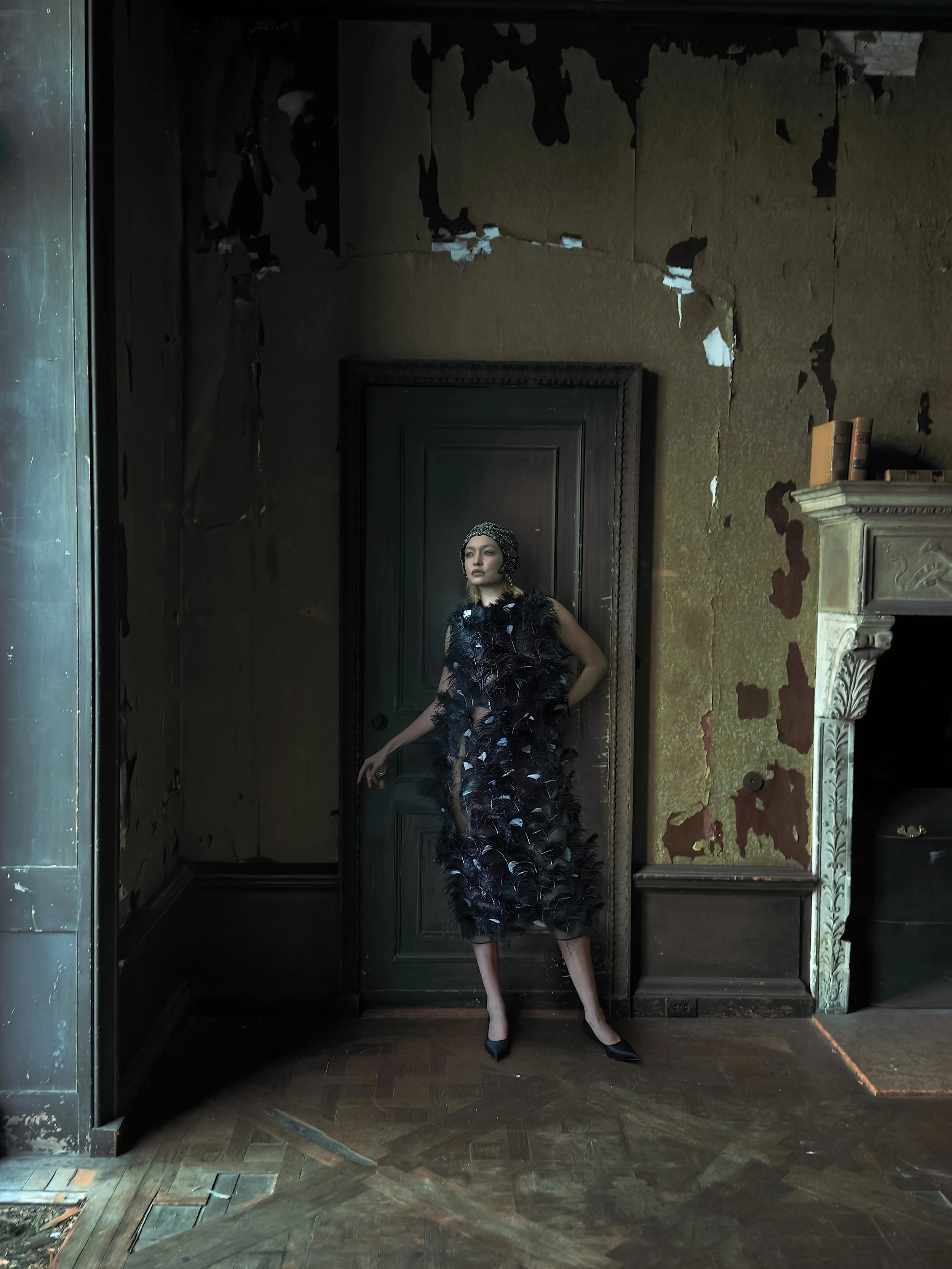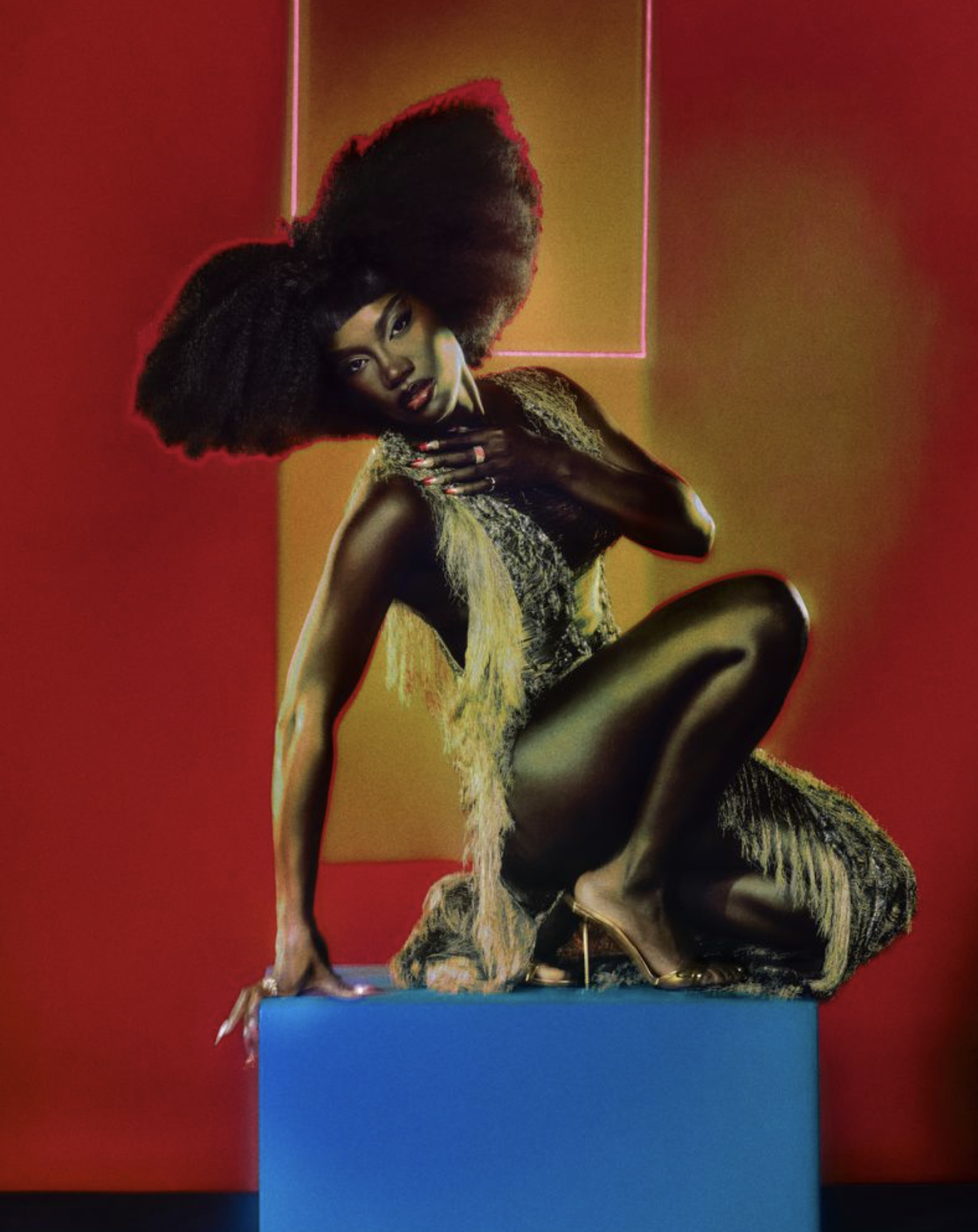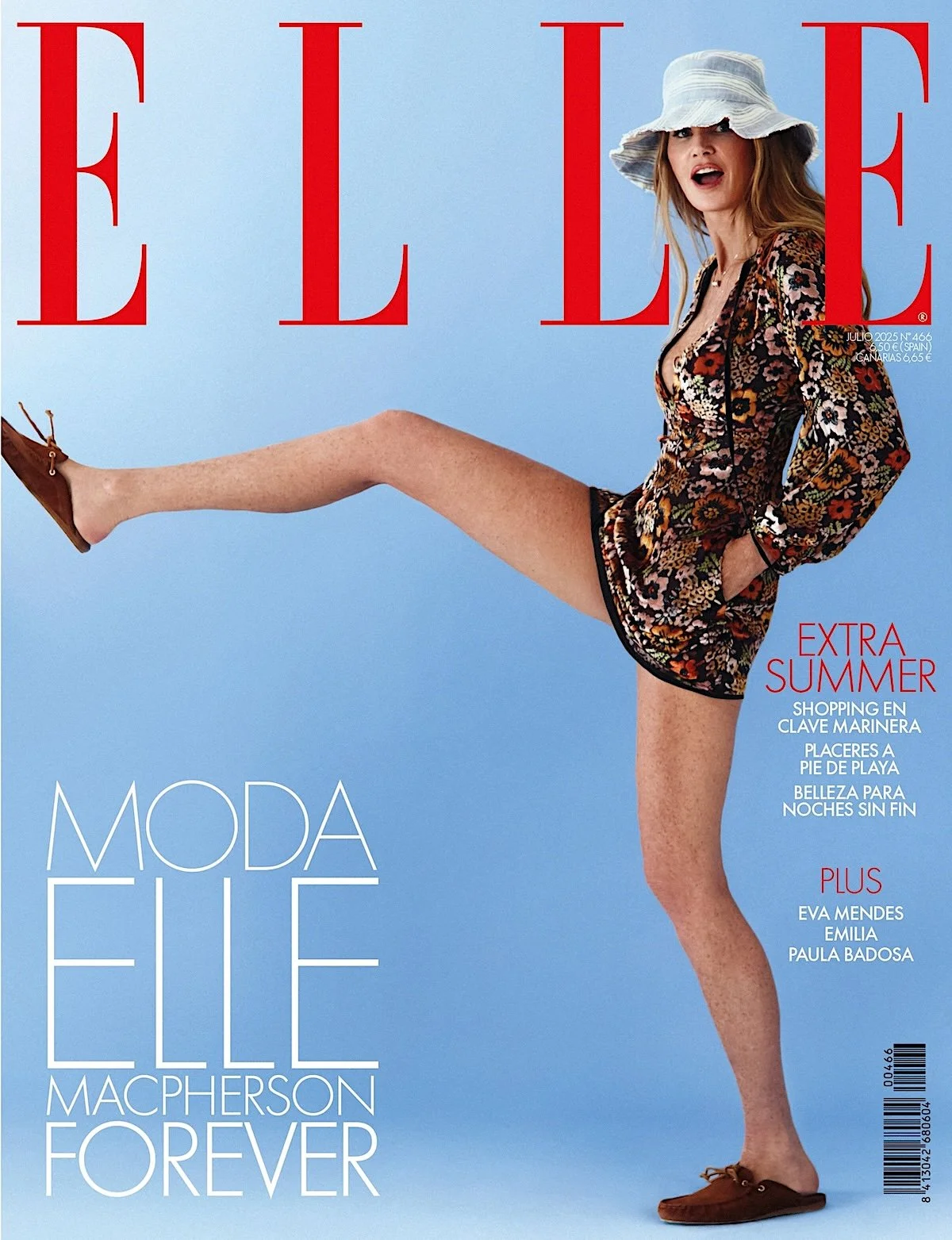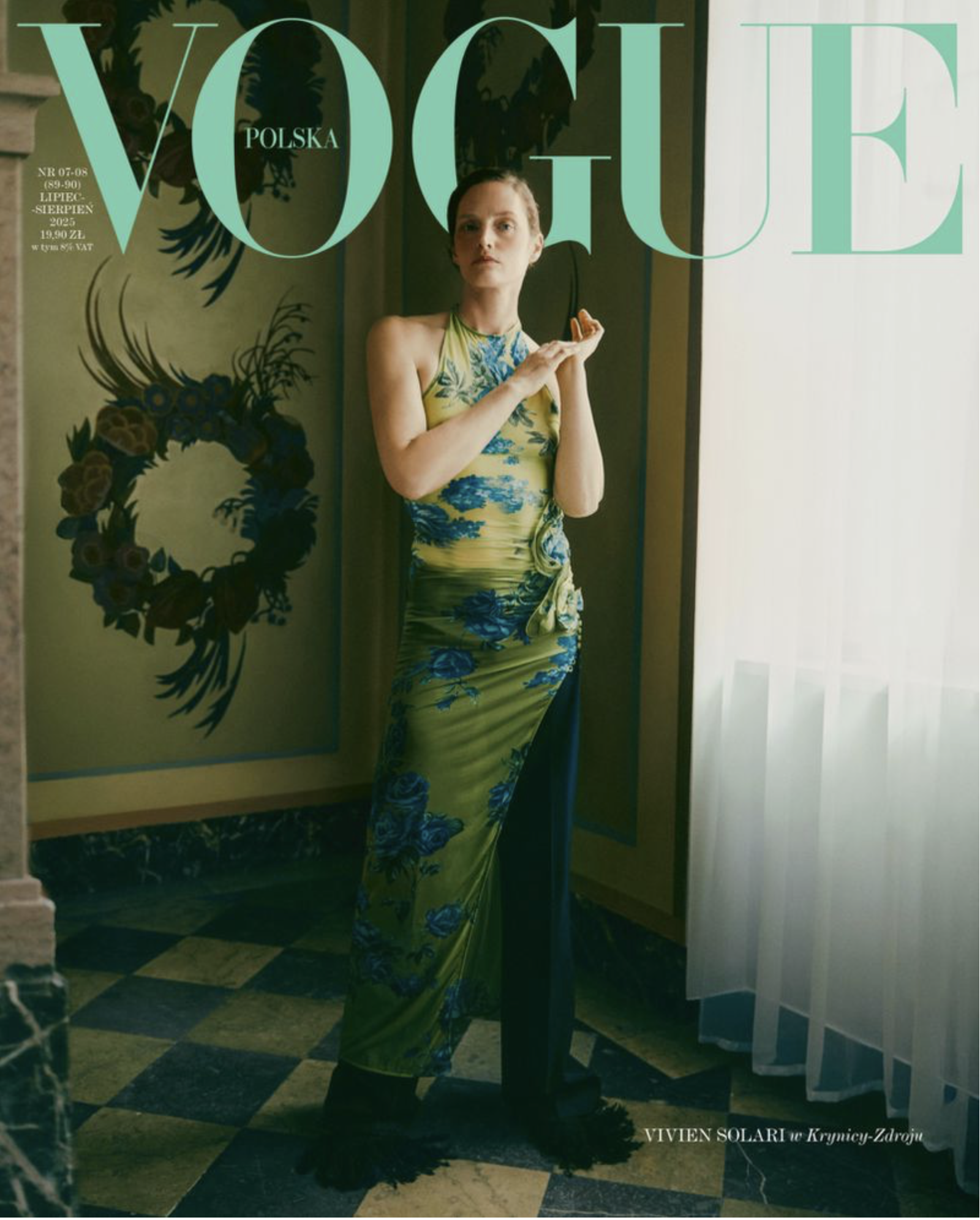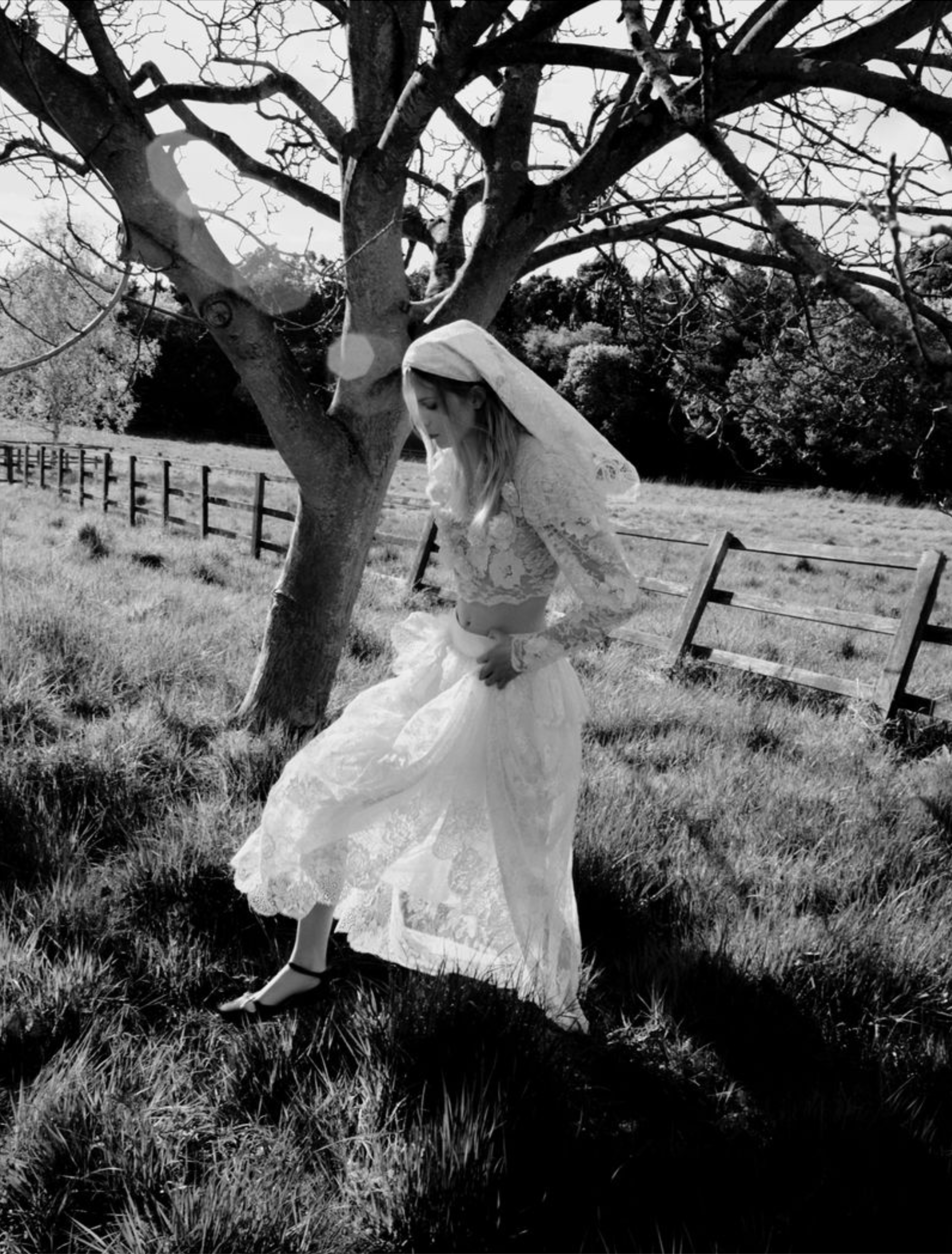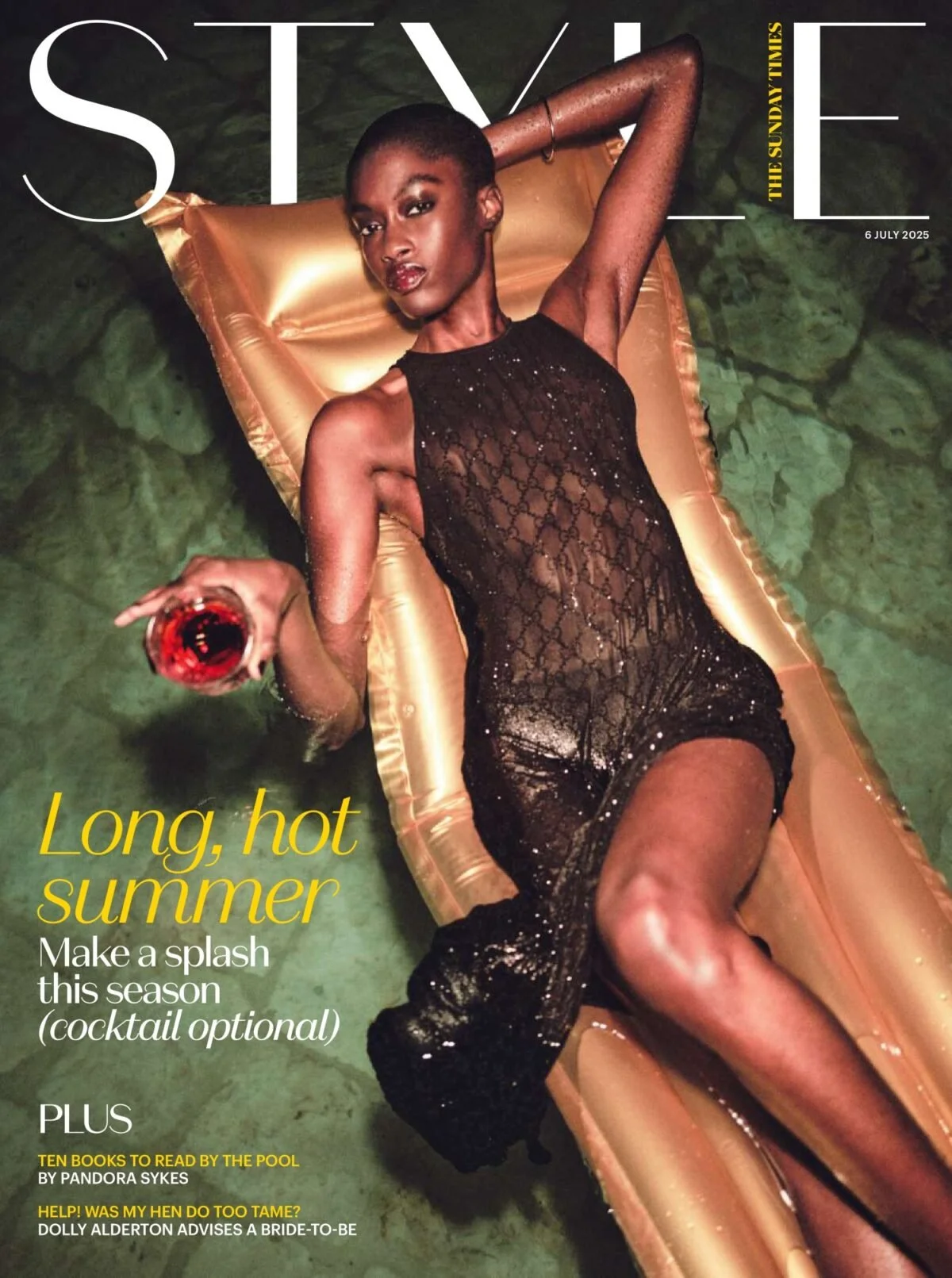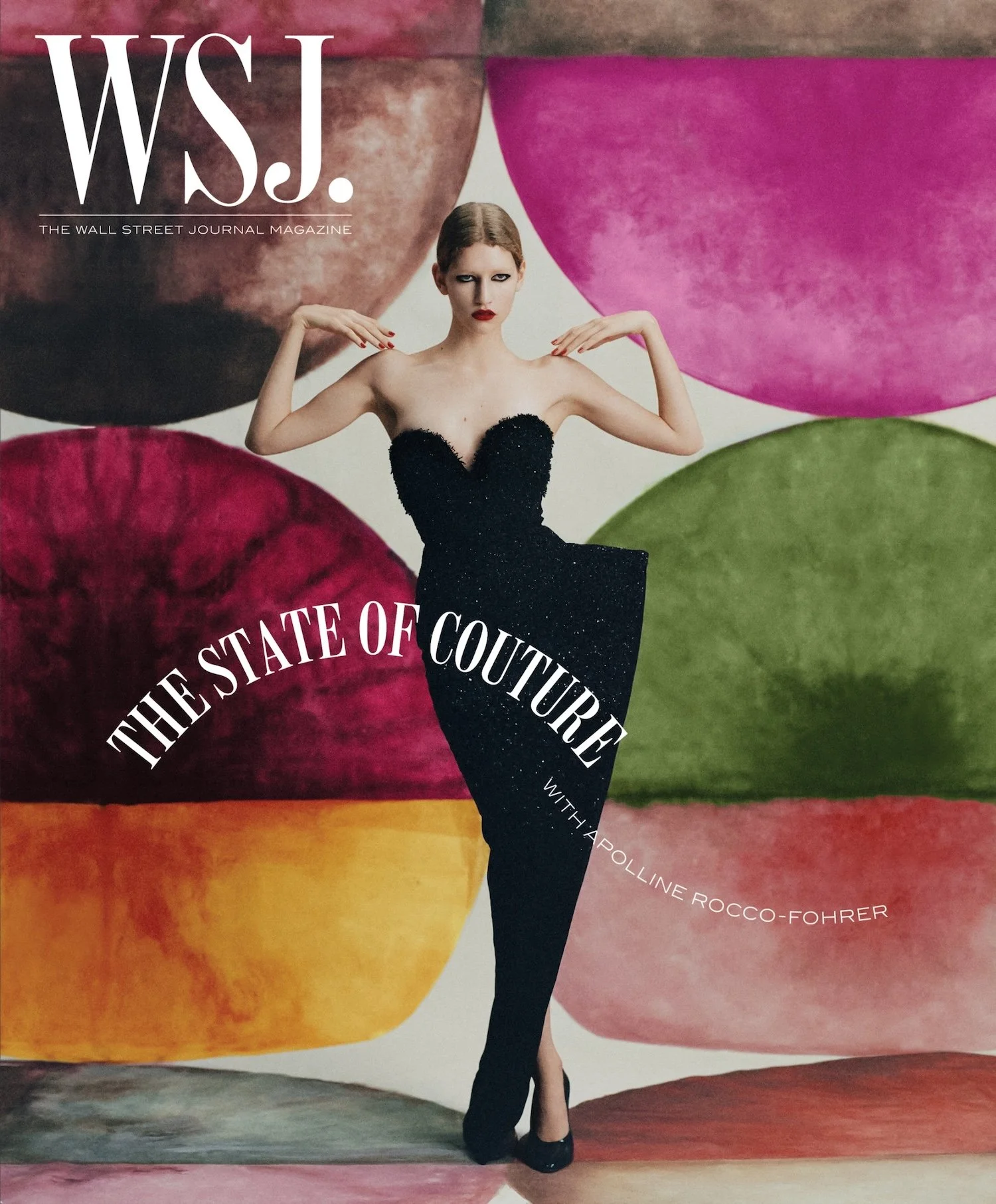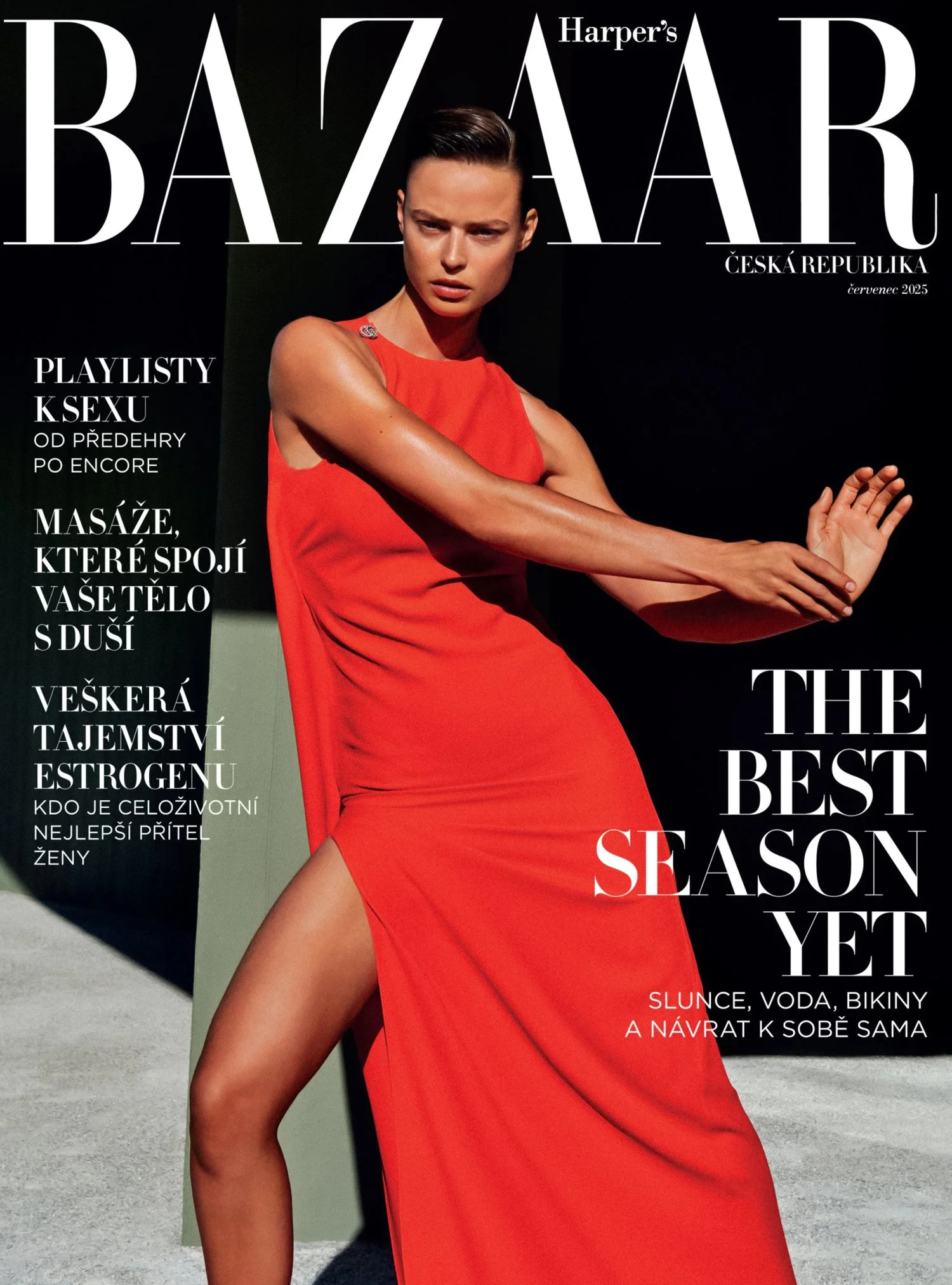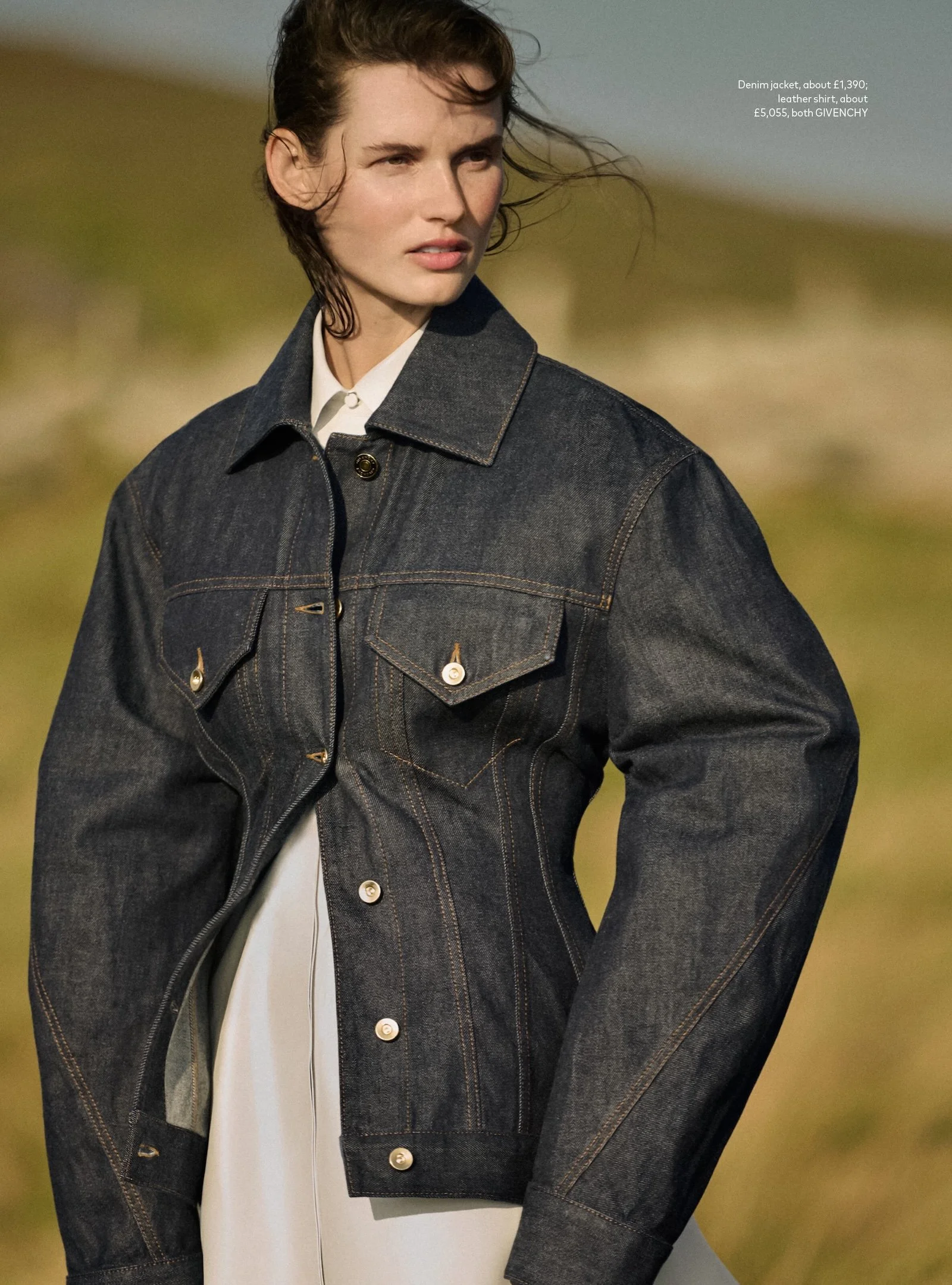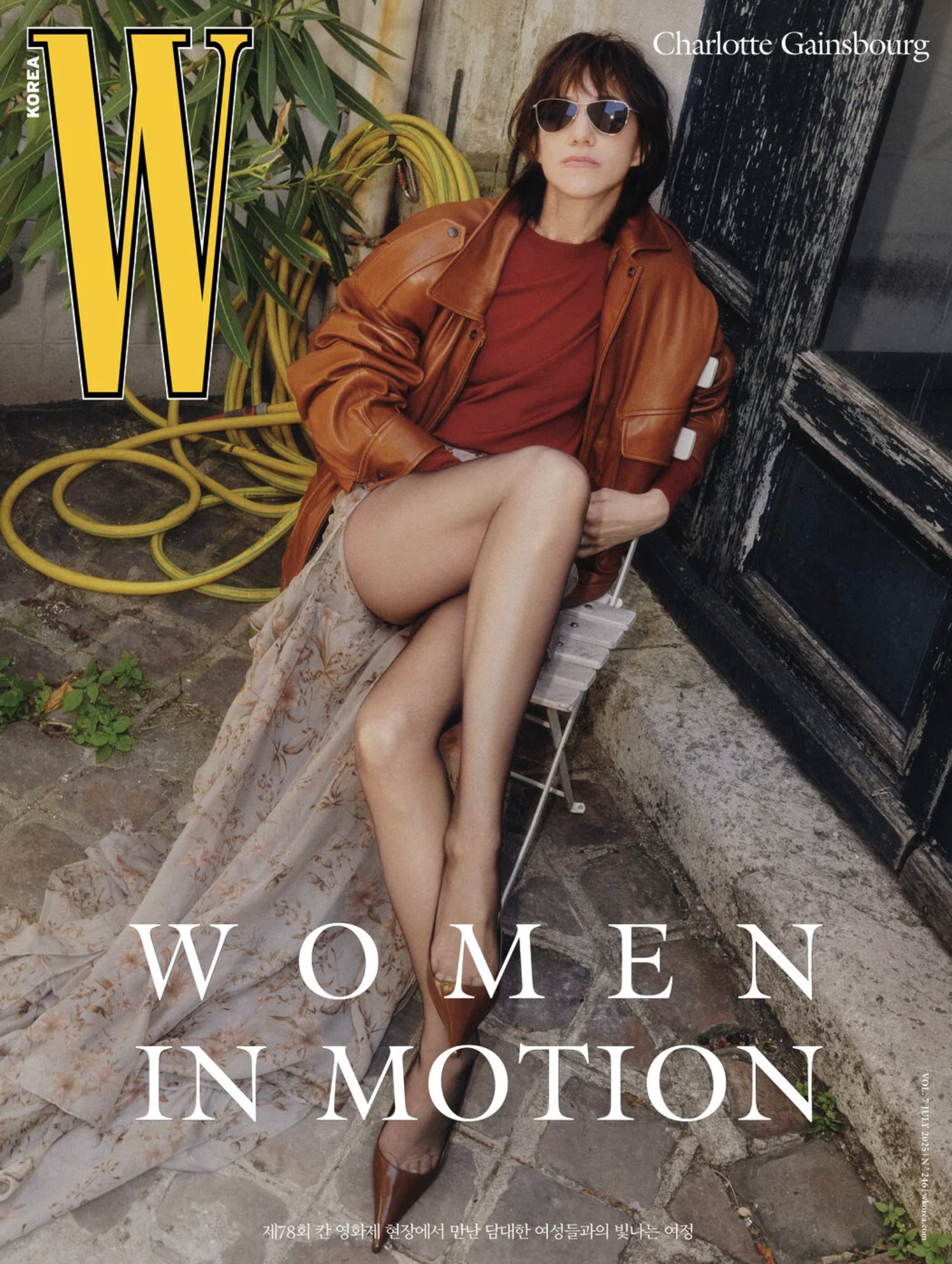Gigi Hadid Covers Vogue April, Inspiring a Jazz Age Dive into the Harlem Renaissance
/Supermodel Gigi Hadid graces the cover of American Vogue’s April 2025 issue, styled by Alex Harrington in ‘Jazz Age’ inspired, fashion opulence.
Annie Leibovitz [IG] captures ‘The Many Lives of Gigi Hadid’, in the buildup to the 2025 Met Gala’ on Monday, May 5. Joining Hadid in Vogue’s April cover story are British model and activist Neelam Gill & actor Lewis Pullman. / Hair by Orlando Pita; makeup by Francelle Daly
Chloe Schama conducts the interview in Bucks County, PA at Gigi’s getaway — part of a larger family presence in the area — and very close to Carversville. Most of us know the particulars of Gigi’s life, and this gorgeous fashion story resonates with much historical information related to the Jazz Age.
A Fusion of Talent, Creativity and Extraordinary Financial Wealth
AOC’s pursuit of the global history of ‘cafe society’ and specifically the influence of the Harlem Renaissance is always on the front burner on AOC.
The word ‘Renaissance’ is critical because the tapestry of cultural, social and musical evolution that converged in the early 20th century culminating in a period of unprecedented artistic expression in America. As the Great Migration rolled out of the South — and New Orleans, in particular —music was central to its arrival in cities and the introduction of a new and vibrant culture. But like a pebble expertly thrown into a pond, music was but one glorious explosion that impacted American culture, as it skipped across the water’s surface lighting a torch of creativity in many disciplines.
New York City’s Jazz Age Moment
New York City played an instrumental role in the explosion of jazz during the Jazz Age, becoming a pivotal epicenter for this vibrant musical and cultural movement. As the Roaring Twenties unfolded, the city's diverse and dynamic atmosphere was ripe for artistic innovation across all artistic disciplines. Harlem, in particular, emerged as a cultural hub where African American musicians could showcase their talents.
Talented musicians, including Duke Ellington, Louis Armstrong, Bessie Smith and Billie Holiday, called Harlem their home or frequent haunt, each contributing their unique sound to the evolving genre. The neighborhood was not only a space for performance but also a creative incubator where artists, writers and musicians collaborated, pushing the boundaries of jazz and influencing countless other genres. This dynamic environment fostered a rich exchange of ideas and styles, making Harlem a crucial nexus for the propagation and transformation of a new American culture.
Interracial Collaboration and Patronage
The Harlem Renaissance was a time of rich cultural exchange and collaboration between African American artists and intellectuals and their white counterparts. While it was fundamentally rooted in the celebration of African American culture, the period was also marked by significant interracial interactions, particularly in the realms of art, literature, and music.
Those white counterparts were other artists themselves. And white patrons also played a crucial role in the movement's development by providing financial support and exposure opportunities for Black artists, in particular.
Names You May Not Know
Figures such as Carl Van Vechten and Charlotte Osgood Mason were instrumental in promoting African American writers and musicians, often using their influence to increase the visibility of black cultural contributions in predominantly white spaces.
Van Vechten, a white, avant-garde writer and photographer, emerged as a critical patron and promoter of the Harlem Renaissance through his extensive relationships with African American artists, writers, and intellectuals.
His controversial novel ‘Nigger Heaven’, published in 1926, depicted Harlem's nightlife and creative energy, drawing attention to the neighborhood and its burgeoning cultural scene. Despite debates surrounding the novel's portrayal of Black culture and its provocative title, Van Vechten's work undeniably contributed to the era's discourse and intellectual vibrancy.
Carl Van Vechten’s relationships with key figures like Langston Hughes, Zora Neale Hurston, and James Weldon Johnson reflected his genuine admiration and respect for their work.
Charlotte Osgood Mason was a wealthy white patron who supported some of Harlem’s most prominent figures. Mason's connections in Harlem were facilitated by her prior acquaintance with Alain Locke, distinguished in 1907 as the first African American Rhodes Scholar and one of the intellectual leaders of the new movement. With Locke as a guide, she found an entry point into the community of black artists and writers.
AOC notes that Mason’s legacy is complicated because, although all agree that her financial contributions were pivotal to the careers of a number of prominent artists, she often tried to exert control over the creative process.
The Impact Of The Jazz Age On European Cultural Scenes
During the Jazz Age, the vibrant cultural renaissance that swept through New York's Harlem found echoes in European cities, where the music and ethos of jazz permeated through the social fabric. Paris, in particular, became a prominent hub for the jazz movement outside of the United States.
The city welcomed African American musicians and performers with open arms, providing them with a platform that was often denied to them back home due to the pervasive racial segregation. Parisian clubs in Montmartre and Saint-Germain-des-Prés reverberated with the sounds of jazz, becoming the gathering spots for artists, writers, and intellectuals.
Meanwhile, in Berlin, jazz influence emerged amidst the Weimar Republic’s era of cultural experimentation, characterized by the cabaret scene that integrated jazz performances. Jazz's lively improvisational style resonated with the spirit of artistic freedom defining Berlin at the time. The jazz wave also reached London, where nightclubs embraced this new music genre, attracting a cosmopolitan crowd eager to experience its rhythms.
Great Gatsby Days in America
The 1920s were characterized by a remarkable economic boom that underpinned the era's cultural and social dynamism. This period followed the end of World War I and was marked by widespread prosperity in the United States, with the economy experiencing rapid expansion. Advances in technology, mass production techniques, and consumer goods transformed industries and everyday life, significantly increasing the standard of living for many Americans.
The booming stock market also contributed to this economic euphoria, encouraging speculative investments and fostering an atmosphere of financial optimism and risk-taking.
This allowed financiers to invest heavily and daringly--often using borrowed money from depositors--in pursuit of making a quick fortune, laying the foundation for the stock market to boom and the subsequent economic bubble.
This flourishing economic climate created a fertile ground for the lavish lifestyle epitomized by characters in F. Scott Fitzgerald’s ‘The Great Gatsby.’ The novel vividly captures the era's opulence, fueled by the availability of unprecedented wealth. Characters like Jay Gatsby embody the pursuit of wealth and status, with extravagant parties and luxurious possessions serving as symbols of success and the American Dream.
However, this prosperity was often superficial and concentrated among the affluent, highlighting the era's underlying inequities. The interplay between the economic abundance of the 1920s and the inquiring minds, artistic lifestyles of the Jazz Age underscores a period of apparent economic triumph. Ebbing beneath its surface, however, lay the impending financial collapse of the Great Depression.
